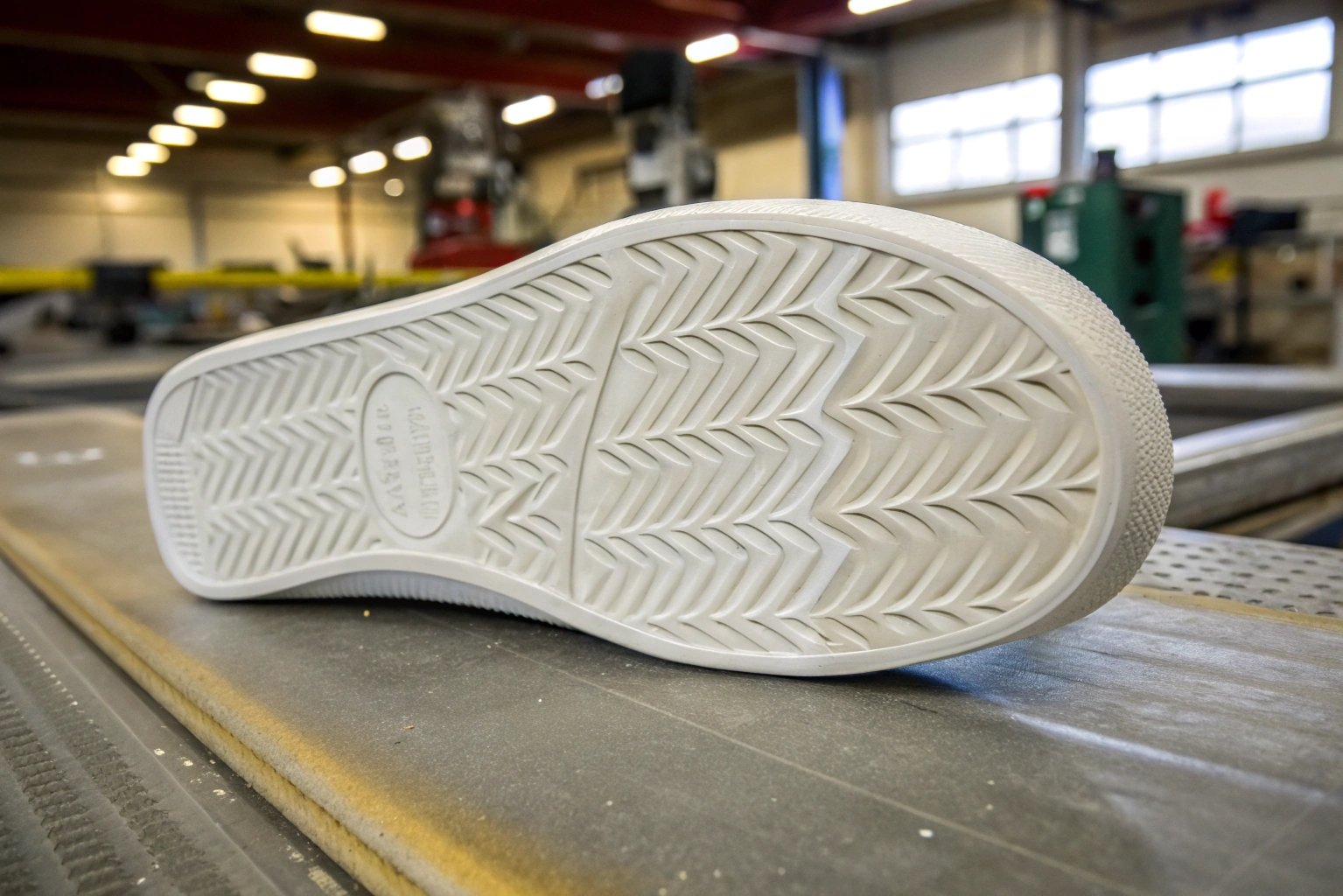Are you tired of slipping and sliding in your plastic slippers? It’s a common problem, and you’re not alone.
The key to effective anti-slip plastic slippers lies in a thoughtful texture design combined with the right processing techniques. This ensures both safety and comfort.

But how do you actually achieve that perfect grip? Let’s dive into the details.
What are the important factors to consider when designing anti-slip textures for plastic slippers?
Slipping in slippers can be dangerous. Are you wondering what makes a good anti-slip texture?
Several factors are vital, including the material, pattern, contact area, and the specific environment where the slippers will be used. A balance of these elements ensures optimal slip resistance.

When I first started in the slipper business, I didn’t fully appreciate the science behind anti-slip design. My dad always emphasized quality materials, but the texture was an afterthought. I quickly learned that a poorly designed texture could negate the benefits of even the best EVA material.
To create an effective anti-slip texture, we need to think about a few key things. First, the material itself matters. Some plastics naturally offer better grip than others. EVA, for example, is a good starting point due to its inherent flexibility and slight tackiness. Second, the pattern is crucial. We want something that creates friction and channels away water. Third, contact area is important. Too much contact can lead to hydroplaning on wet surfaces, while too little reduces grip. Finally, we need to consider the environment. Slippers used poolside need different textures than those worn indoors. We use different patterns depending on where the customer will wear the slipper.
To better illustrate, here’s a simplified view:
| Factor | Description | Importance |
|---|---|---|
| Material | The type of plastic used (e.g., EVA, PVC). | High. Influences inherent grip and flexibility. |
| Pattern | The design of the texture (e.g., grooves, bumps, waves). | High. Determines friction and water displacement. |
| Contact Area | The amount of surface area in contact with the ground. | Medium. Balances grip and hydroplaning risk. |
| Environment | The conditions where the slippers will be used (e.g., wet, dry, smooth, rough). | High. Dictates the specific type of texture needed. |
How are different anti-slip textures processed onto plastic slippers?
How do manufacturers actually get those textures onto the slippers? What are the common methods?
Common methods include molding, embossing, and etching. Each technique offers different levels of precision and cost-effectiveness. The choice depends on the complexity of the design and production volume.

I remember when we upgraded our production line to include advanced molding techniques. Before that, we were limited to simpler, less effective textures. The new equipment allowed us to create intricate patterns that significantly improved the anti-slip performance of our slippers. It was a game-changer.
Molding is the most common method. The anti-slip texture is integrated directly into the mold. This is cost-effective for high-volume production and allows for complex 3D designs. Embossing involves pressing a pattern onto the surface of the slipper after it has been molded. This is good for adding textures to existing designs, but it may not be as durable. Etching, uses chemical or laser processes to create textures. This offers the highest level of precision and is useful for creating micro-textures that enhance grip. We are continuing to adopt etching to achieve higher friction coefficients and meet the European EN ISO 13287 anti-slip standards for slippers.
Here’s a more detailed look at each processing method:
| Method | Description | Advantages | Disadvantages |
|---|---|---|---|
| Molding | Integrating the texture directly into the mold during the manufacturing process. | Cost-effective for high volume, allows for complex 3D designs, durable. | Requires upfront investment in mold design, less flexible for design changes. |
| Embossing | Pressing a pattern onto the surface of the slipper after molding. | Can add textures to existing designs, more flexible than molding, lower upfront cost. | May not be as durable as molding, limited to surface textures. |
| Etching | Using chemical or laser processes to create textures. | Highest precision, allows for micro-textures, can be used on a variety of materials. | More expensive than molding or embossing, requires specialized equipment and expertise. |
Conclusion
Designing and processing anti-slip textures for plastic slippers requires careful consideration of several factors. So remember quality materials, effective patterns, and appropriate processing techniques!

